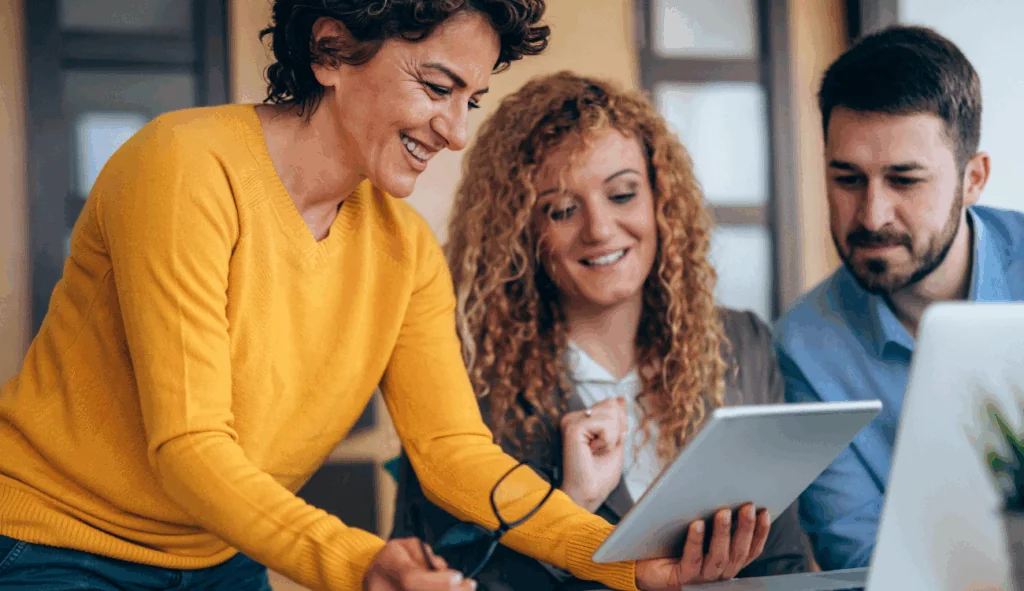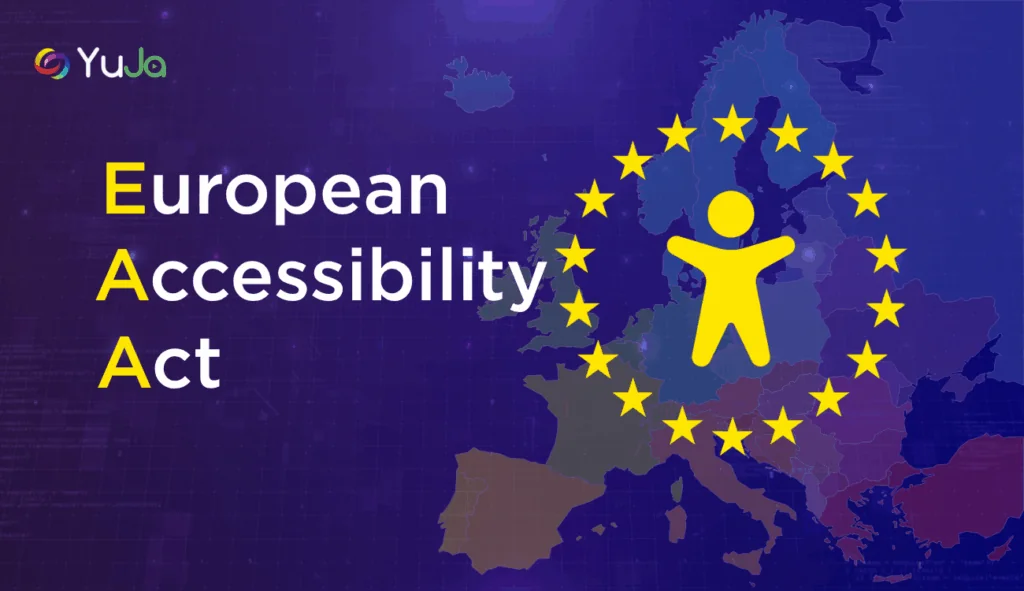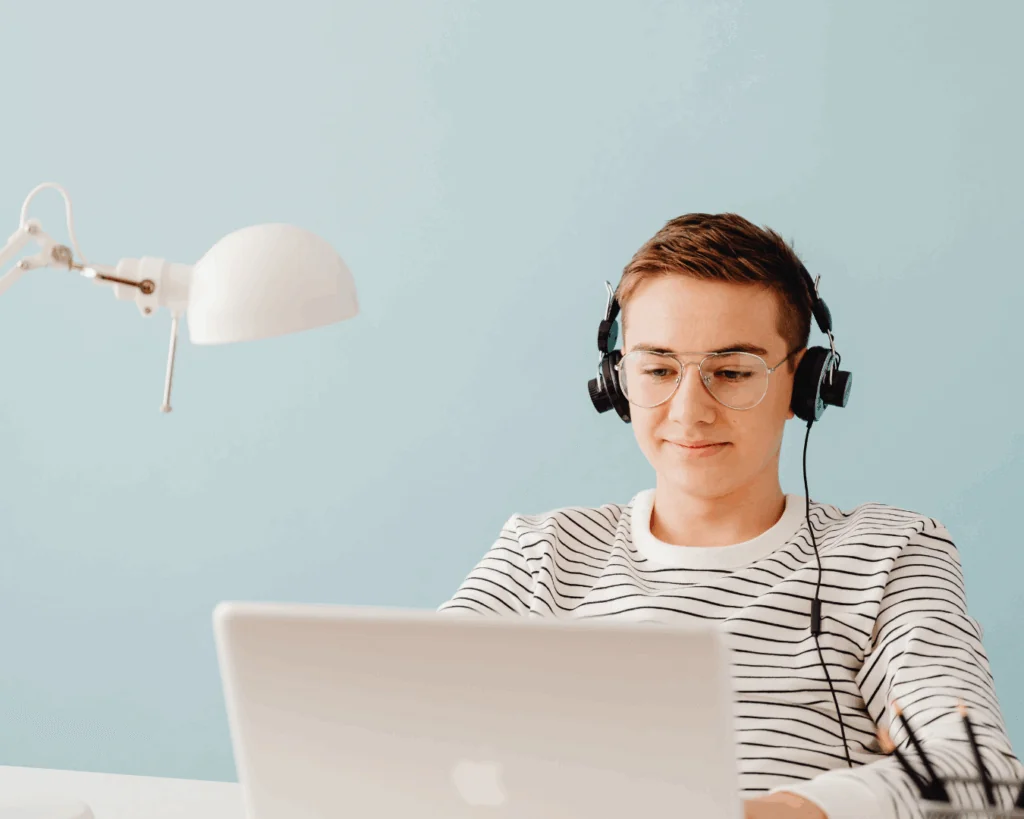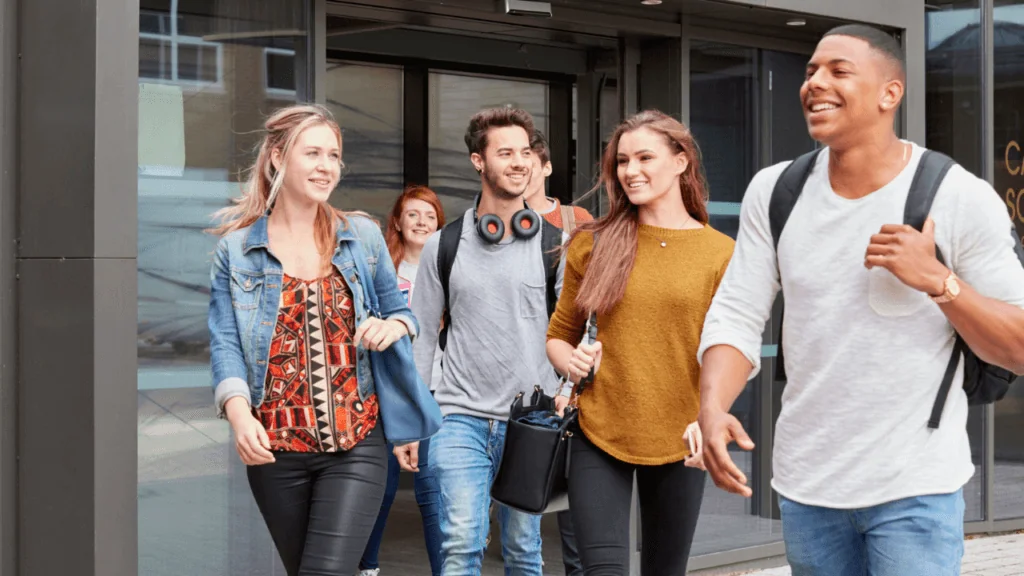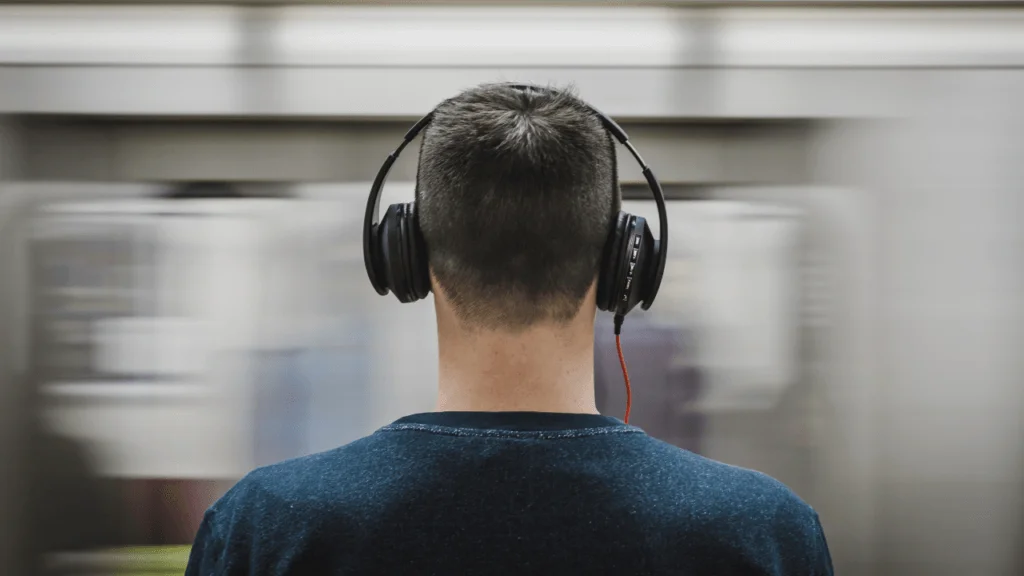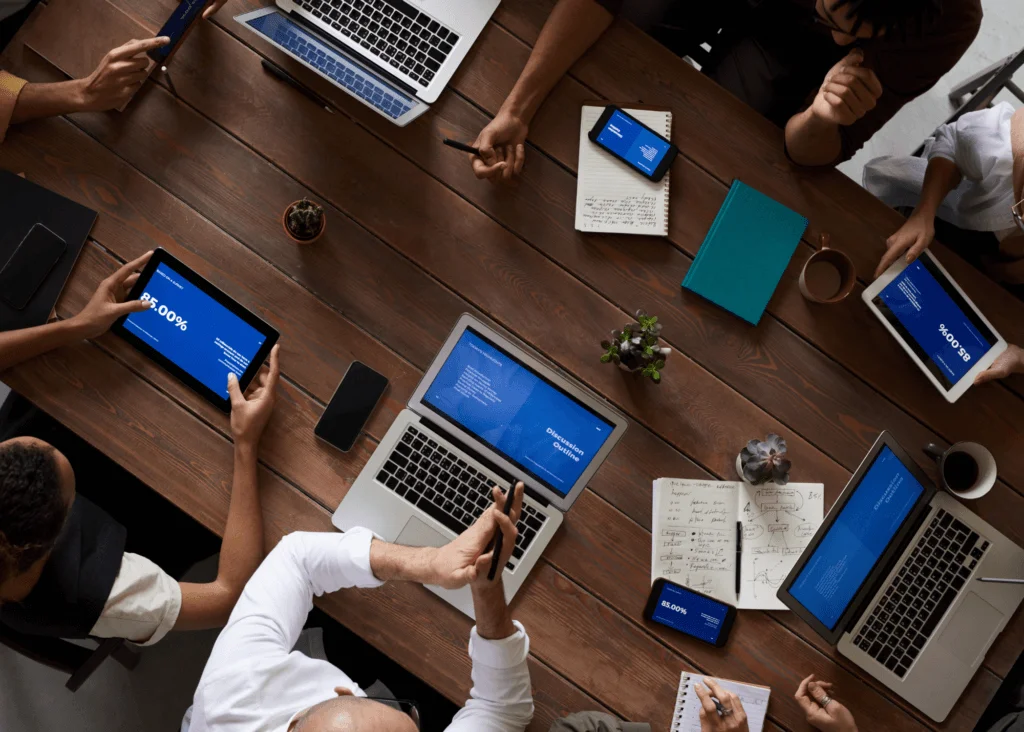
June 20, 2025
Tharpe v. Osseo: What the Supreme Court’s Ruling Means for Digital Accessibility in Education
For leaders in higher education, ensuring digital accessibility isn’t just about legal compliance, it’s about creating inclusive learning environments that serve all students. Understanding the Tharpe v Osseo Case The case centered on Ava Tharpe,...
Read More
